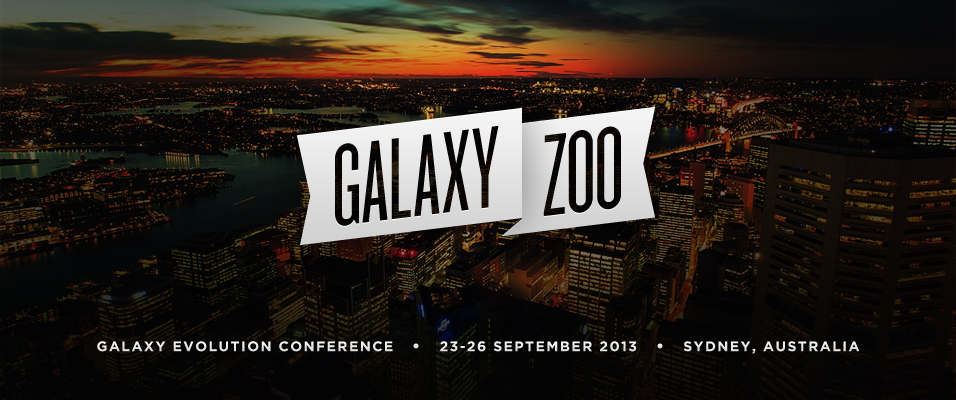
What Shapes the Local Galaxy Luminosity Function?
Nicolas Bonne (Monash University)
We have determined near infrared K-band luminosity functions for 13,321 galaxies in the local Universe, as functions of both morphology and colour. All galaxies have known morphologies and redshifts, and $K_{tot}$ $\leq$ 10.75. Photometry is taken from the 2MASS XSC catalogue, redshifts and magnitudes are taken from a number of catalogues. In addition, redshift independent distances are compiled from a number of publications and redshifts are corrected for local bulk flows. By combining redshift independent distances and redshift derived distances with bulk flow corrections, we expect to produce an improved estimate of the faint end of the luminosity function. Red/blue and early/late-type selected luminosity functions have different shapes, and we investigate the causes for this by measuring the optical red and blue luminosity functions of early and late-type galaxies using photometry from SDSS. We find that the bright end of our spiral galaxy luminosity function is dominated by a population of massive, red spiral galaxies. If red spirals are formed through the truncation of star formation, these objects must be relics of a much earlier age. Alternatively, these red spirals may not be passive, continuing to form stars and grow.
